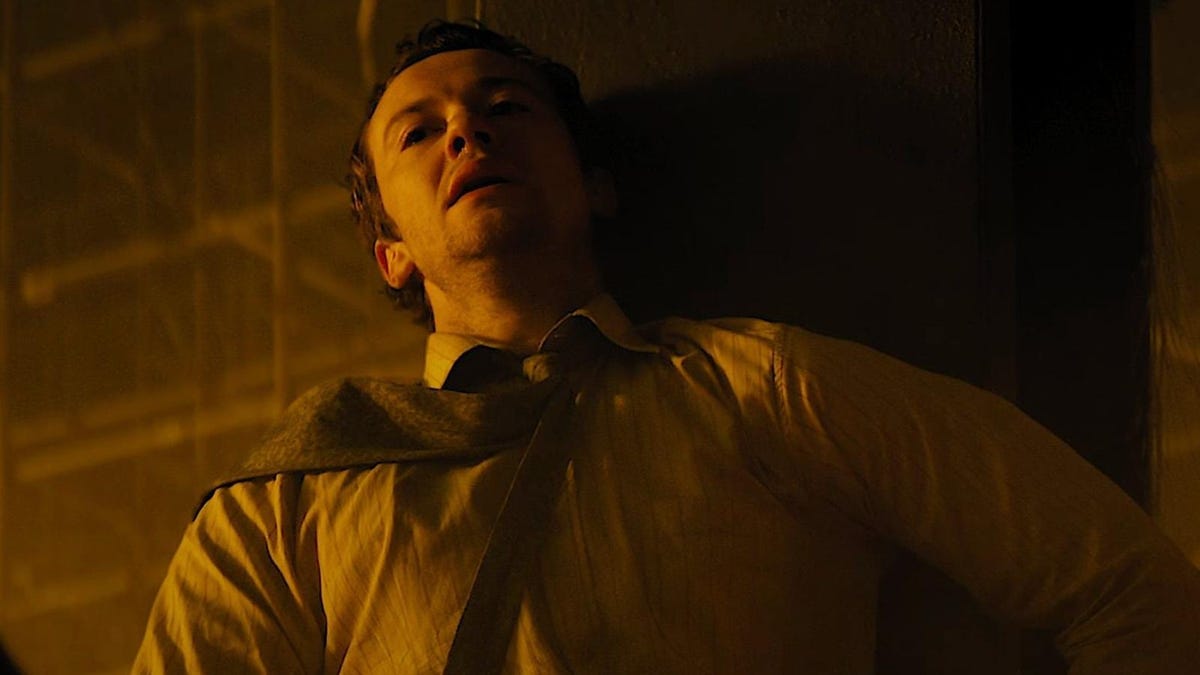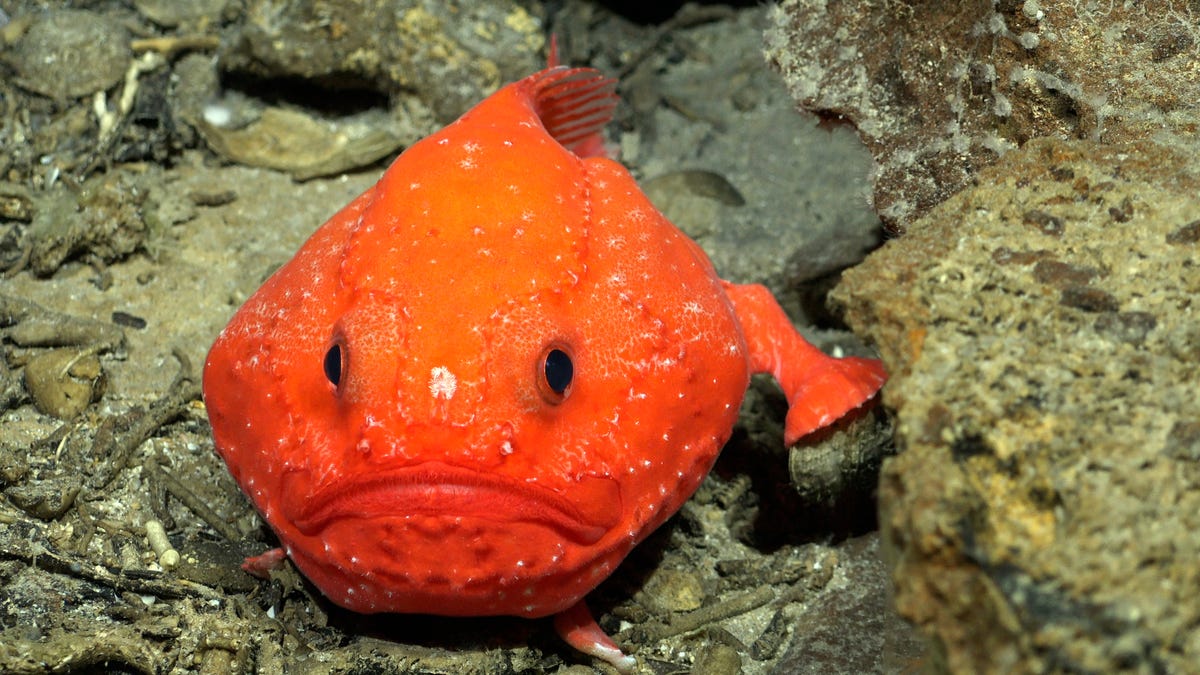NASA Helicopter Ingenuity Takes Its First Color Photo on Mars


Well, we’ve seen better photos of Mars, but this one’s special in that it was taken by NASA’s Ingenuity helicopter. Encouragingly, the craft managed to survive its first frigid night on Mars, bringing us one step closer to its inaugural flight.
The low-resolution photo was taken on April 3 when Ingenuity was still standing beneath Perseverance rover. And in fact, you can see two of the rover’s wheels in the top corners of the image. This photo is an understated sneak preview of what’s to come; once the 4-pound (1.8-kilogram) rotorcraft takes flight, it will attempt to capture high-resolution color images of its surroundings at heights reaching 10 feet (3 meters).
In other good news, Ingenuity made it through its first night on Mars as a stand-alone system, according to a NASA statement. Ingenuity had been strapped to the bottom of the rover until this past weekend, and it withstood a 4-inch (10-centimeter) freefall to the surface. The helicopter was dropped to the surface on April 3rd and is now standing upright on its four outstretched legs.

That Ingenuity managed to survive its first night on Mars is a major relief. Temperatures in Jezero Crater can drop to –130 degrees Fahrenheit (–90 degrees Celsius) at night. Sensitive electronic components and batteries can get badly damaged at these temperatures. No longer attached to Perseverance, the helicopter will now have to power its heater from its own battery, which it will do by drawing energy from its solar panels.
G/O Media may get a commission
“No more free power,” wrote Bob Balaram, chief engineer for the Mars Helicopter Project at NASA’s Jet Propulsion Laboratory, in an article written for NASA.
In a statement, MiMi Aung, Ingenuity project manager at NASA’s JPL, said “we now have confirmation that we have the right insulation, the right heaters, and enough energy in [Ingenuity’s] battery to survive the cold night, which is a big win for the team.”
The rotorcraft will now monitor itself over the next several days to determine how well its thermal-control and power systems are faring and whether any adjustments will be necessary. Assuming everything is tickety-boo, the next major step will be to release the restraints that are currently binding the rotor blades together, followed by the testing of the blades and their associated motors. The team will also assess the vehicle’s autonomous navigation system, along with a device that will measure its orientation and angular rate during flight.
Perseverance, which relays messages from Ingenuity to mission controllers on Earth, will then relocate to Van Zyl Overlook—a sweet spot from which the rover can gaze upon and survey the 33-by-33-foot (10-by-10-meter) airfield onto which Ingenuity was deposited.
We are inching steadily closer to this historic flight, in which Ingenuity—fingers firmly crossed—will become the first aerial vehicle to take to the skies on an alien world. NASA says the first flight could happen as early as this Sunday, April 11.
The helicopter carries no scientific instrumentation, aside from its cameras. The Ingenuity mission is strictly meant as a tech demonstration, as NASA contemplates future missions involving more sophisticated aerial vehicles. NASA has set aside 30 sols, or Martian days, for these important tests.
Source link





